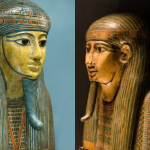Animal Shelter in Rio Empowers Homeless People and Their Pets

Rio de Janeiro, Brazil – In the vibrant yet challenging city of Rio de Janeiro, a groundbreaking project is transforming the lives of both homeless individuals and their pets. This is no ordinary animal shelter. It is a place that provides employment, training, and a pathway to a better life for people living on the streets—people who have found love, comfort, and purpose through their four-legged companions.
The initiative was launched by journalist Glenn Greenwald and activist David Miranda, who have dedicated years to rescuing animals and advocating for animal rights. Their project leverages the unique bond between homeless people and their pets while creating a sustainable model where both humans and animals can thrive.

From Rescuing Mabel to a Lifelong Passion
The story began over three years ago when Glenn and David rescued Mabel, an elderly injured dog struggling along a roadside in the forests of Rio de Janeiro. Already caring for seven dogs, they thought taking in Mabel would be just adding another member to their household. But they soon discovered Mabel was heavily pregnant with six puppies. In one day, Glenn and David’s household unexpectedly doubled to 14 dogs.
They found loving homes for four of Mabel’s puppies, keeping two for themselves, and witnessed the lives of adoptive families transformed by the joy and companionship of the puppies. From that moment, animal rescue became central to their lives, and their pack grew to 23 dogs, each rescue bringing new happiness and fulfillment.
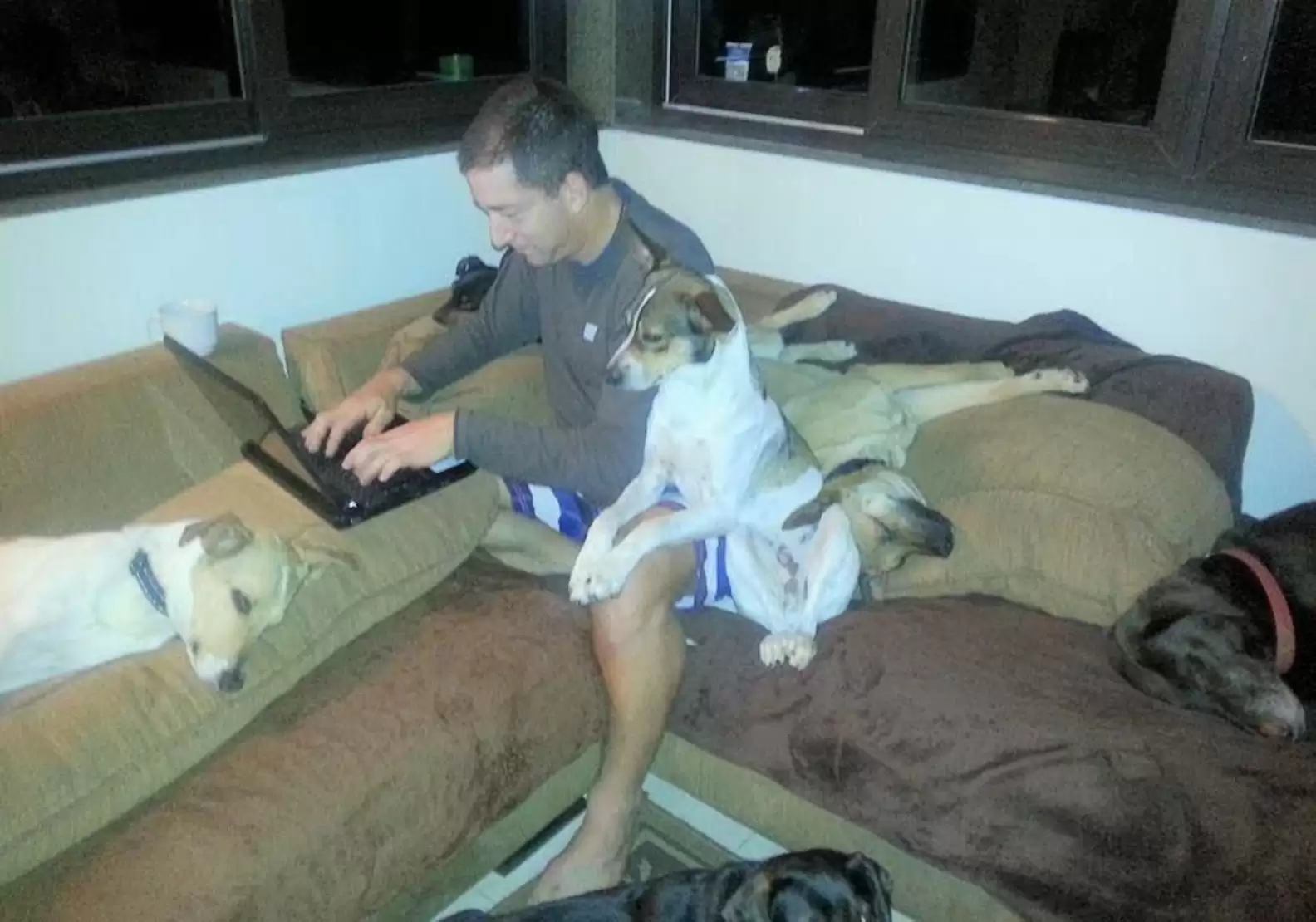
The Powerful Connection Between Homeless People and Pets
Through their rescue work, Glenn and David noticed something remarkable: many homeless people in Rio cared for pets, and their bond was often deeper than many could imagine. Compassion, empathy, and self-sacrifice define these relationships.
Social sociology professor Leslie Irvine of the University of Colorado has spent much of her career studying this unique connection and even titled her book “My Dog Always Eats First.” Homeless individuals frequently share their meager food with their pets, caring for them despite facing extreme hardship themselves. This bond becomes a source of emotional strength and resilience, inspiring those who witness it.

Heartwarming Stories of Dedication
Glenn and David produced two short documentaries showcasing the devotion of homeless pet owners. The first, Birdie, tells the story of a former prisoner living on the streets, selling fruit to care for his two dogs. The second, Karollyne, features a transgender woman living with a homeless family in an abandoned building, caring for dozens of dogs, cats, monkeys, and other animals, many of whom had been cruelly abandoned in the forest.
Lucas and Wallace, two young homeless men, provide another moving example. They found a sick puppy on the streets of Rio and devoted countless hours to its care. They traveled from vet to vet until they found one willing to treat the puppy for free. Despite the puppy’s severe neurological virus, their unwavering attention made its short life full of love and comfort.
Lucas, 20, became the first homeless employee hired at the shelter, earning a salary that allowed him to rent an apartment and stabilize his life. Wallace, 22, also joined the shelter team, showing how this model merges animal rescue with community support to create life-changing opportunities.
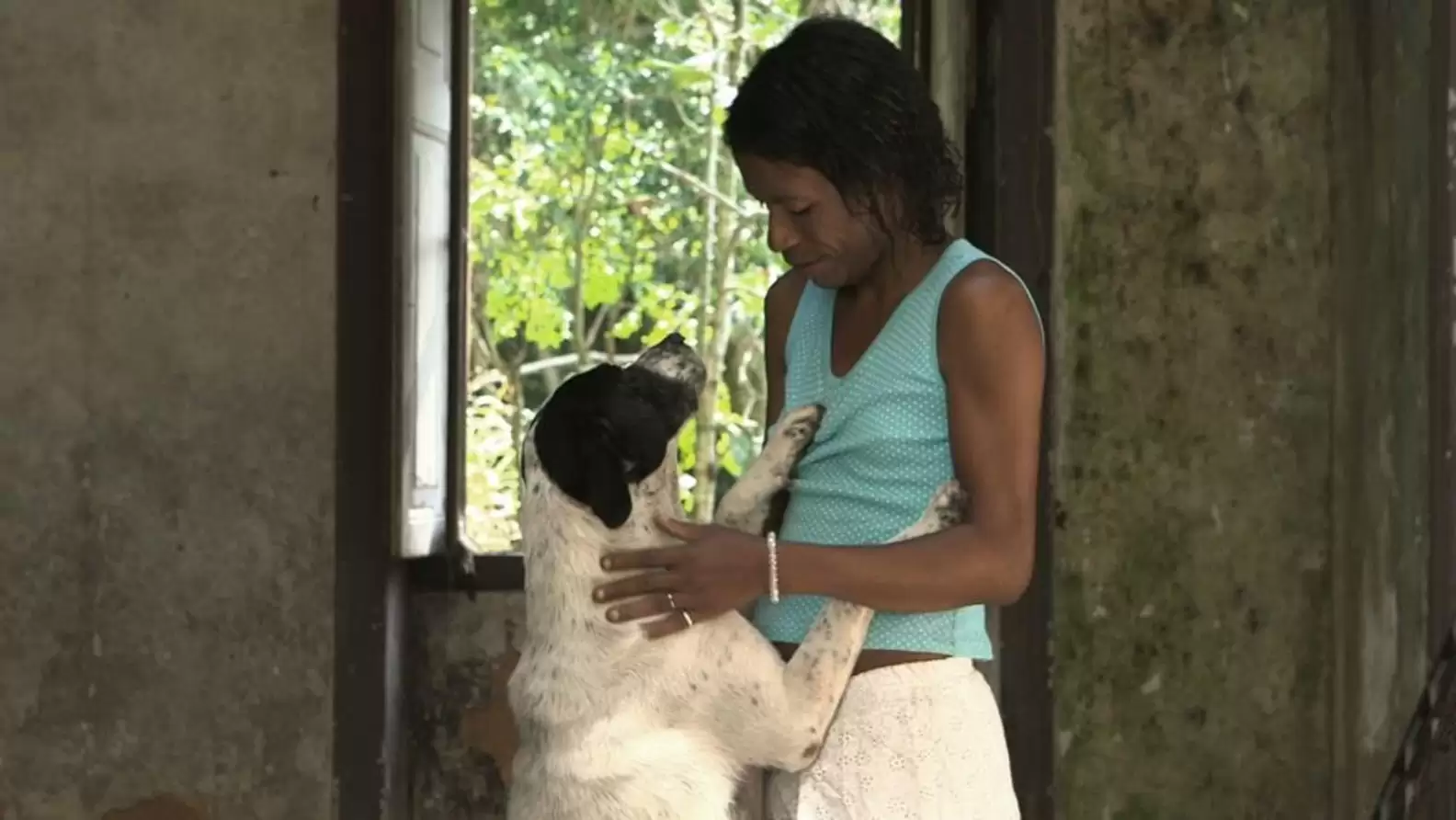
The Innovative Shelter Model
The shelter is designed to fulfill multiple functions:
-
Animal Rescue: Saving dogs, cats, and other animals in distress or abandoned.
-
Veterinary Care: Providing medical services through volunteer vets, nurses, and activists.
-
Employment for Homeless People: Hiring homeless pet owners to care for animals while offering training and guidance to transition off the streets.
-
Social Support Services: Partnering with CREAS, a Rio-based organization, to provide temporary housing, clothing, counseling, and assistance with banking, legal ID, and stable employment.
-
Pet Adoption Programs: Helping rescued animals find permanent homes while promoting community engagement and awareness.
This model leverages the natural bond between homeless individuals and their pets, transforming their passion into meaningful work that benefits both.

Community Partnerships
The shelter has received support from veterinarians, nurses, and animal rescue volunteers. CREAS provides temporary shelter, clothing, and counseling, while guiding employees in opening bank accounts, managing finances, and finding long-term housing and jobs.
The project is led by Francisco David, a father who adopted three orphaned children and previously supervised construction projects. His experience ensures the shelter is operationally sound and realistic.
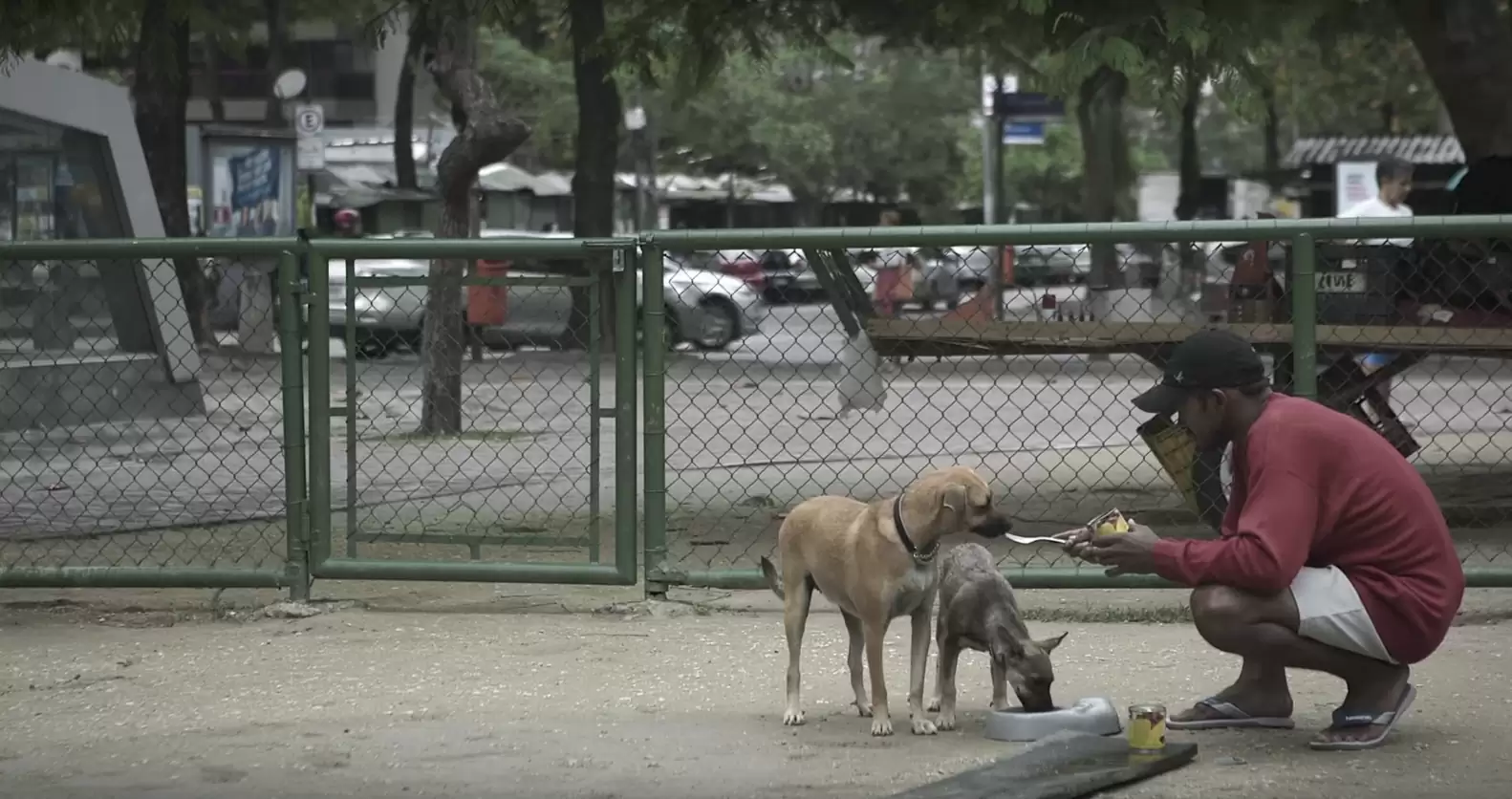
Economic and Political Challenges
The shelter operates amid Brazil’s economic and political crises. Austerity measures have cut services for both homeless people and animals, forcing the project to rely heavily on community and private support.
Annual operating costs—including veterinary care and salaries for homeless employees—are estimated at $250,000 USD. Securing facilities, equipment, and ongoing operations also requires sustainable funding.

Vision for the Future
Glenn and David hope this project becomes a global model, combining animal rescue and homeless support. By harnessing love and care, it changes the lives of society’s most vulnerable while rescuing abandoned animals.
They are calling on the community to donate, volunteer, or share the story to help sustain and expand the shelter. By tapping into the unique bond between homeless individuals and their pets, the project promises immeasurable benefits for both humans and animals and offers a blueprint for similar initiatives worldwide.
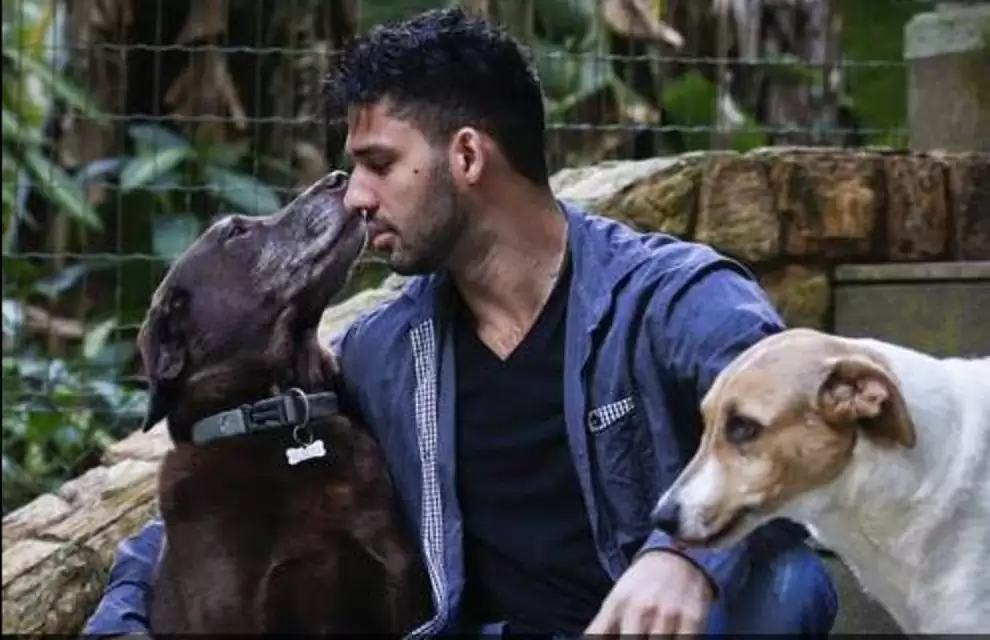
Lessons and Insights
-
Love and compassion can thrive regardless of circumstances. Homeless people caring for pets demonstrate extraordinary humanity.
-
Integrating animal rescue with social support creates life-changing opportunities.
-
Community involvement is critical to sustaining initiatives, especially when government resources are limited.
The stories of Lucas, Wallace, Karollyne, Birdie, and countless others show that with belief, love, and proper support, those considered invisible by society can find purpose, hope, and a renewed life alongside loyal animal companions.
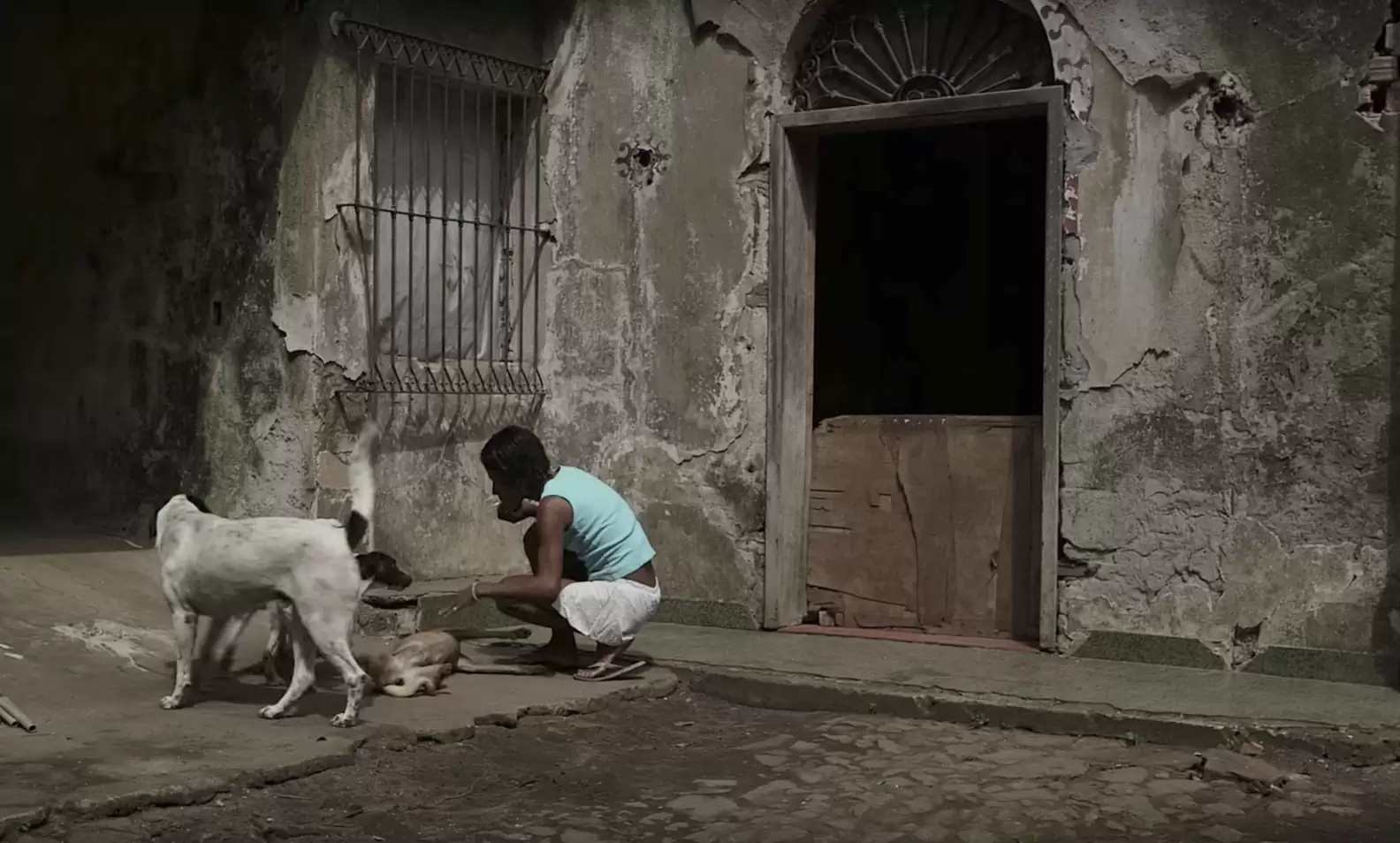
Conclusion
The Rio de Janeiro pet shelter is more than an animal rescue—it is a symbol of hope, love, and transformation. By leveraging the powerful bond between homeless people and their pets, the project offers dual benefits: helping vulnerable individuals achieve stability and rescuing abandoned animals.
You can help make this vision a reality through donations, volunteering, or sharing the story to inspire others. The project demonstrates the extraordinary impact of love and community on the lives of humans and animals alike.
Watch the Field of Vision documentaries, “Birdie” and “Karollyne,” below.







